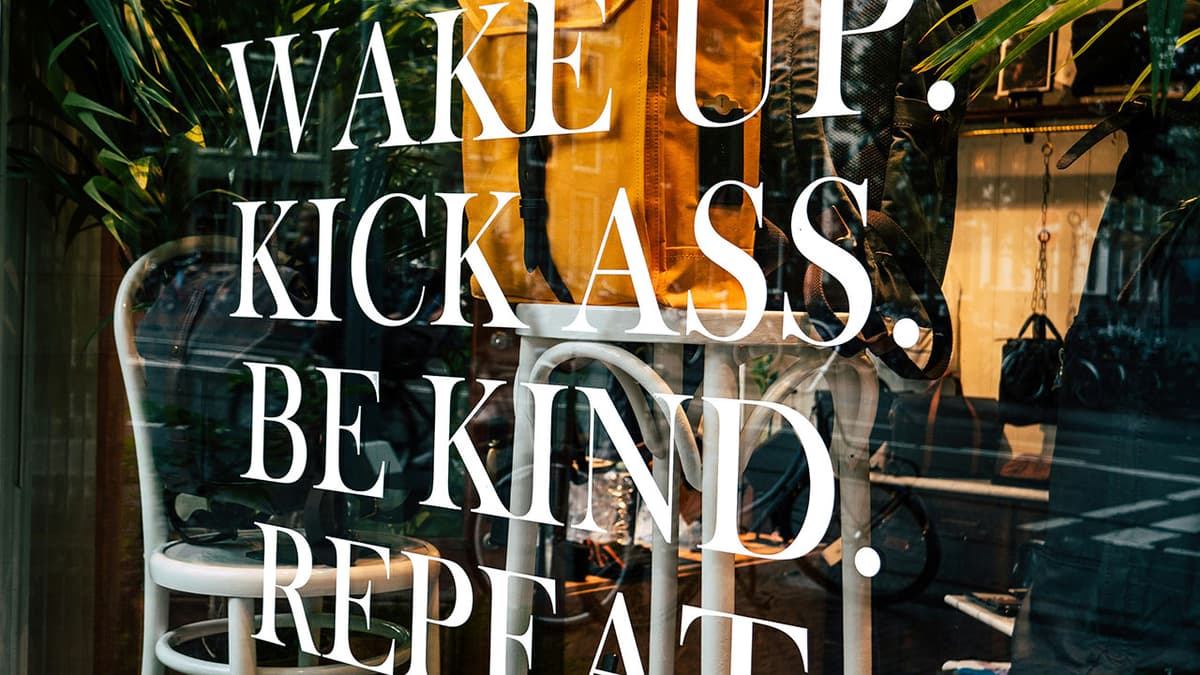Exploring Skeuomorphism: A Bridge Between the Familiar and the Innovative
Have you ever opened a new note-taking app and found it designed to look like a leather-bound journal? The buttons might have a textured, 3D appearance that mimics real-world objects. This design concept is called skeuomorphism, where digital elements resemble their physical counterparts.
Skeuomorphism: A Friendly Introduction to Digital Spaces
In digital design, skeuomorphism serves as a guide, helping users transition into digital interfaces by using familiar real-world elements. It adds comfort to our interaction with technology. Early on, moving from physical items to digital screens felt unfamiliar. Skeuomorphism provided a bridge, easing this cultural shift by making digital spaces recognizable and accessible.
Why Designers Appreciate Skeuomorphic Design
Designers favor skeuomorphism for several reasons:
- It simplifies the transition from physical to digital by utilizing users' existing knowledge.
- Familiar designs like a notepad on your phone, resembling a paper notepad, do not require instructions; they are intuitive.
- The emotional comfort of texture, depth, and visual cues creates a connection between the user and the digital interface.
Some notable companies that embraced skeuomorphic design include:
- Apple: Their iOS interfaces featured leather stitching, paper textures, and glassy buttons until iOS 6.
- Microsoft: With its Office suite, Microsoft applied skeuomorphic textures to make digital note-taking and document creation feel more familiar.
The Shift Away from Skeuomorphism
The digital landscape has seen a shift toward flat and minimalistic designs, often referred to as flat design. Critics argue that skeuomorphism can create cluttered interfaces and may not work well on smaller screens like smartwatches and mobile devices. As users have become more tech-savvy, the requirement for digital elements to mimic physical objects has diminished. Now, clarity and simplicity are prioritized.
Skeuomorphism 2.0: A Balanced Approach
A new trend, referred to as 'Skeuomorphism 2.0' or 'neumorphism', has emerged. This style blends the tangible cues of skeuomorphic design with the simplicity of flat design, using subtle gradients, shadows, and highlights to create depth and realism without fully imitating physical objects.
As design continues to evolve with advancements in virtual and augmented reality, finding a balance between realism and functionality remains crucial. Skeuomorphism, in various forms, continues to play an important role in this landscape.
Skeuomorphism has significantly influenced how we interact with technology. By referencing the physical world, it has made digital landscapes more inviting for those new to digital interfaces. As familiarity with digital design increases, the need for overt realism decreases, leading to cleaner, more abstract user experiences.
Skeuomorphism is not obsolete; its principles persist in evolved forms that aim to make technology more user-friendly and intuitive. As we engage with advanced interfaces, thoughtful design will continue to aid us in navigating and understanding the digital world, maintaining a connection between our digital and physical experiences.












